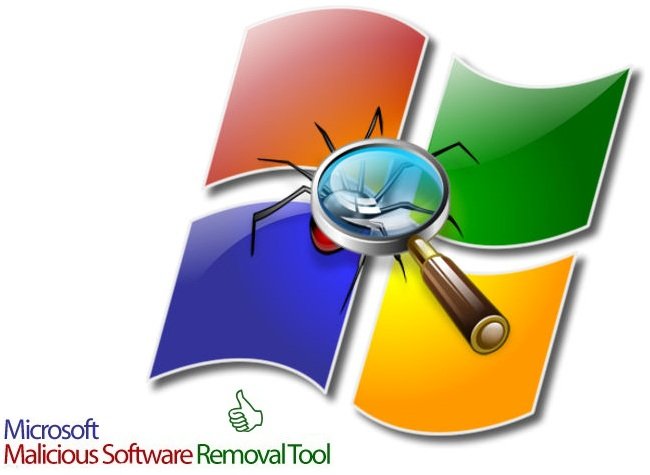

We’ll be focusing on Windows 10 in this tutorial, but you can follow along on any Windows version.įirst, though, a little more about what this malware removal tool from Microsoft is all about. It works across Windows 10, Windows Server 2019, Windows Server 2016, Windows 8.1, and earlier. In this article we’re going to show you how to use the Malicious Software Removal Tool (Microsoft MRT or MRST), a standalone tool to remove malware after an infection. 2 How to Run the Microsoft Malicious Software Removal Tool via Command Prompt.1 How to Open, Find, and Use the Malicious Software Removal Tool.It all gets handled transparently for you in the background by Windows Update. Normally I wouldn’t spend any time running it manually. You’ll note, however that the tool itself is careful to point out that it is not a replacement for ananti- virus product.ĭownloading the Malicious Software Removal tool is really something you need not worry about, perhaps unless you are actively tracking down some kind of malware problem, and then only to make sure you have the latest version. It’s designed to provide a base level of protection in the operating system without you necessarily having anything else installed. Click on the Start button, click on Run (or type the Windows key + R), and type MRT into the Run dialog:Ĭlick on OK, and the program will be launched: It essentially runs for everybody, typically once a month, regardless of which anti-malware tools they use.Ĭhances are it’s on your system already.

I don’t know exactly how it does what it does, but I do know that it’s downloaded automatically if you turned on Windows Update. It takes a different approach than your normal anti-malware tools as it looks for software that’s known to be malicious and removes it. The Malicious Software Removal tool compliments anti-malware tools like Microsoft Security Essentials. What is the Malicious Software Removal tool? I wouldn’t necessarily consider them wrapped up with the existing software.


 0 kommentar(er)
0 kommentar(er)
